An der Hülben
Selected Works
Marius Engh, Tillman Kaiser
September 9 – October 15, 2011
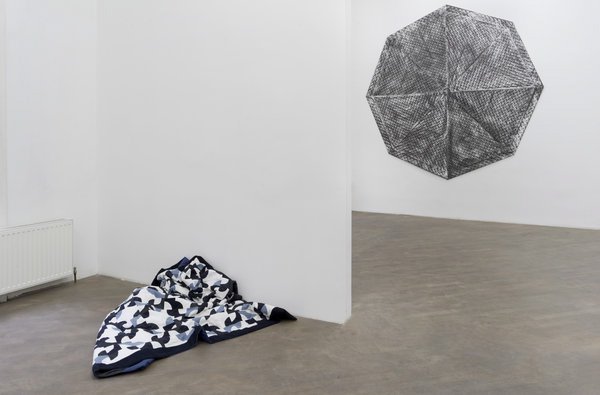
Selected Works, 2011
Installation view
Layr An der Hülben, Vienna
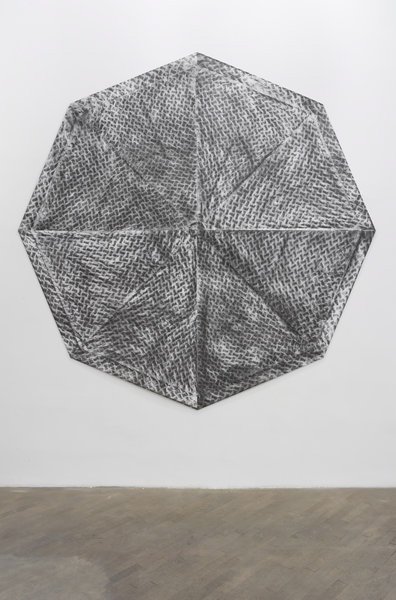
Marius Engh
Manhole, 2011
Charcoal on paper, aluminium
277 × 277 × 0.4 cm
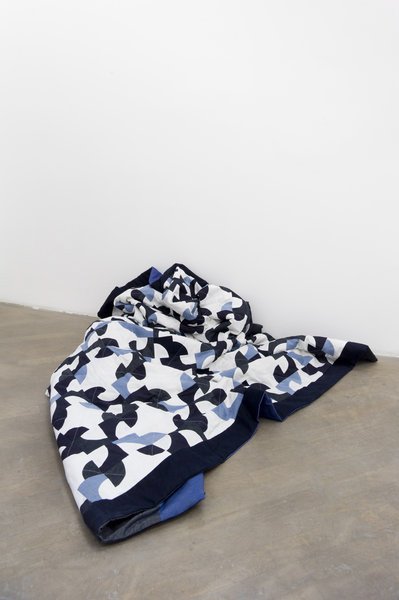
Marius Engh
Drunkard's Path, 2008
Fabric
260 × 210 cm
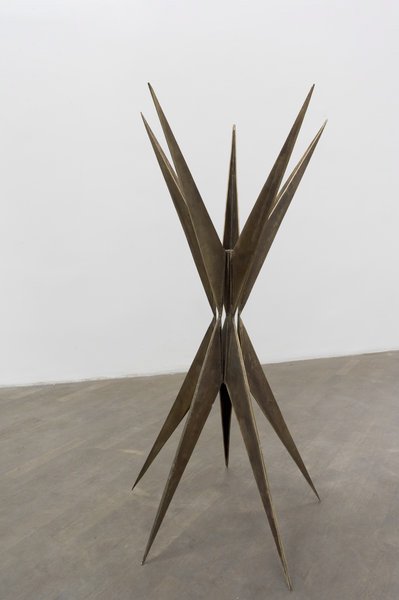
Tillman Kaiser
Spinne, 2011
Bronze
122 × 60 × 60 cm
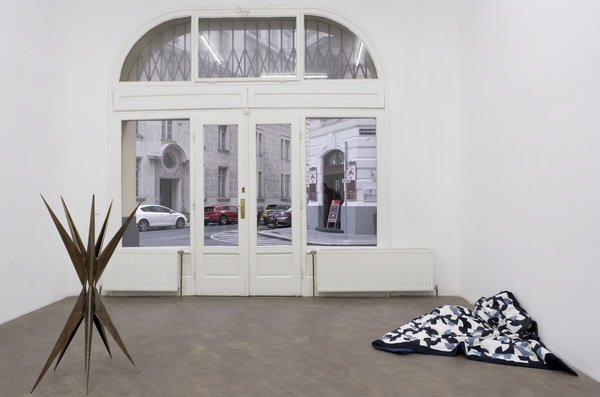
Selected Works, 2011
Installation view
Layr An der Hülben, Vienna
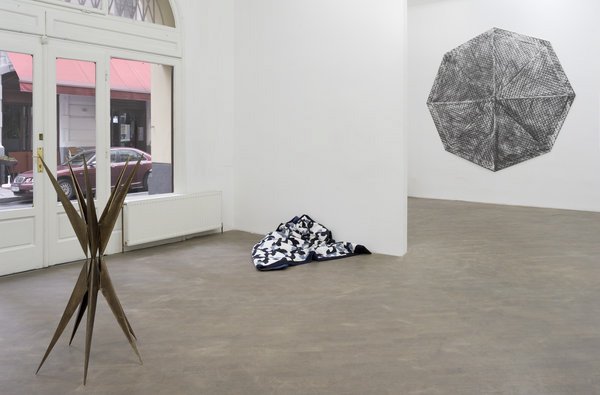
Selected Works, 2011
Installation view
Layr An der Hülben, Vienna
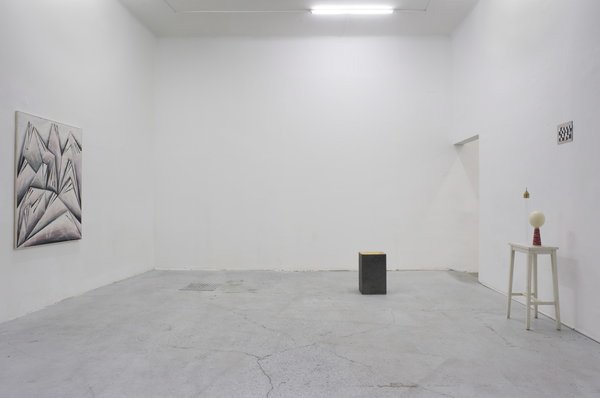
Selected Works, 2011
Installation view
Layr An der Hülben, Vienna
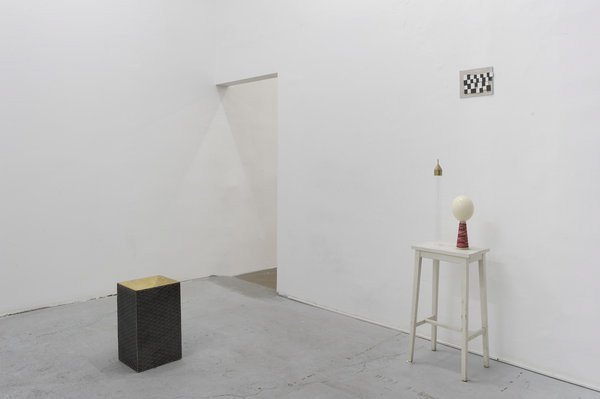
Selected Works, 2011
Installation view
Layr An der Hülben, Vienna
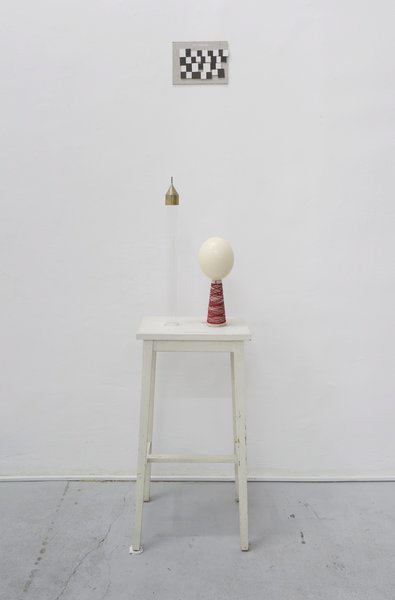
Selected Works, 2011
Installation view
Layr An der Hülben, Vienna
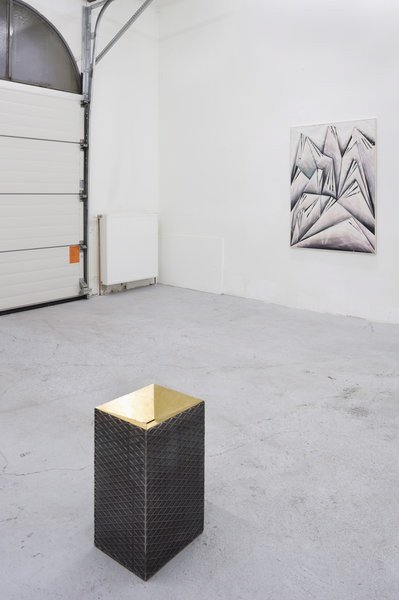
Selected Works, 2011
Installation view
Layr An der Hülben, Vienna
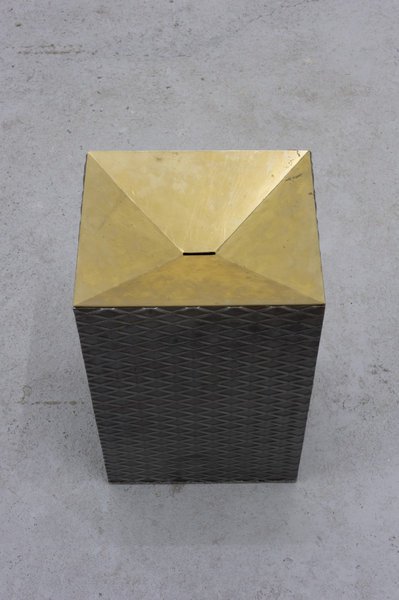
Marius Engh
Desperate Cases and Lost Causes, 2011
Metal
75 × 55 × 35 cm
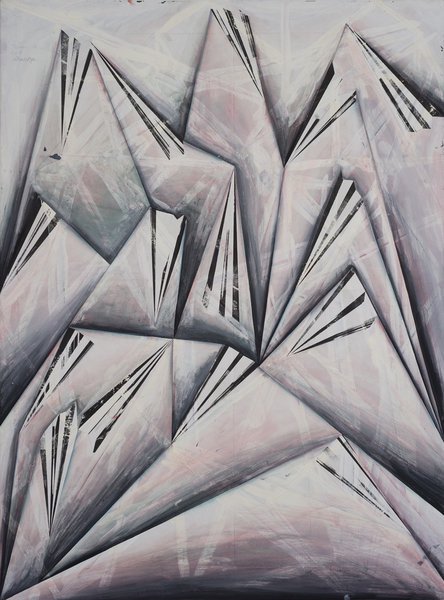
Tillman Kaiser
Berge, 2011
Egg tempera, silkscreen on canvas
135 × 100 cm
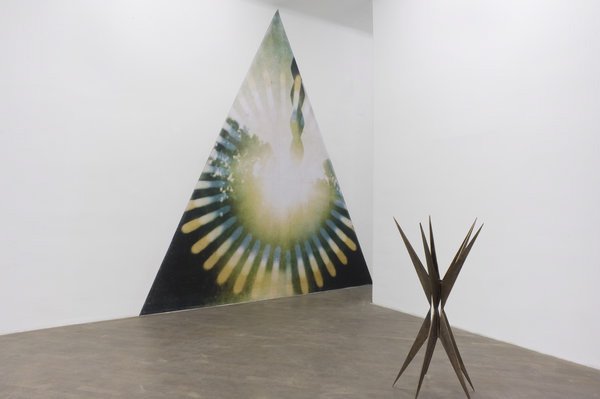
Selected Works, 2011
Installation view
Layr An der Hülben, Vienna
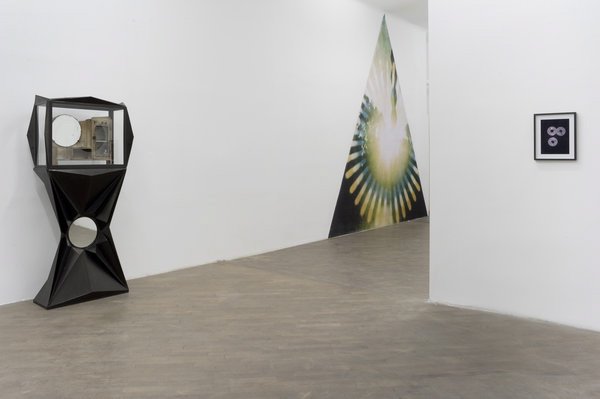
Selected Works, 2011
Installation view
Layr An der Hülben, Vienna
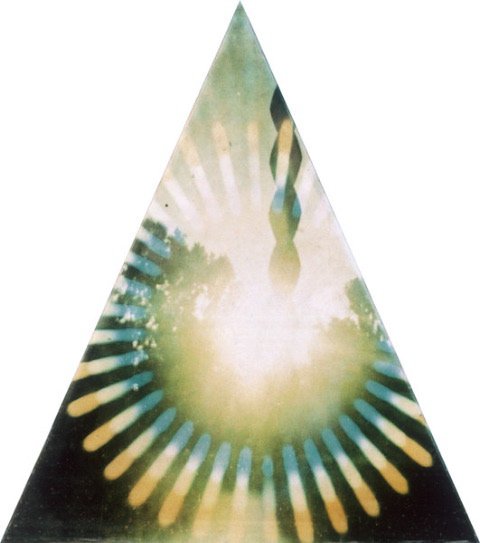
Tillman Kaiser
Hallucination Engine, 2009
Wallpaper
Dimensions variable
Edition of 3
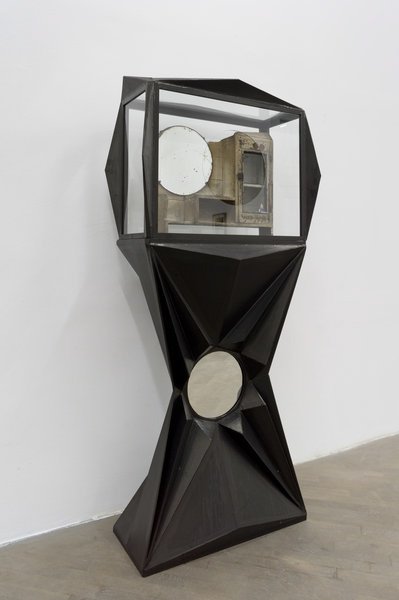
Tillman Kaiser
Der Mond ist aufgegangen, 2011
Cardboard, ink, glass, wood
186 × 78 × 33 cm
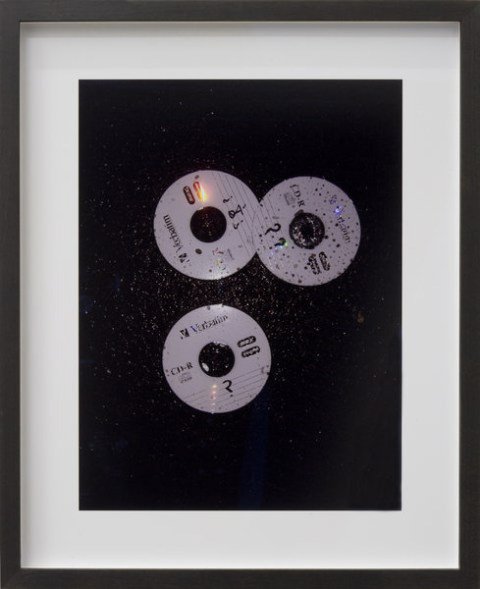
Marius Engh
Figurehead (Unknown Data), 2010
Lightjet on Fuji photo paper
37 × 30 cm
The idea to present both these artists together can be explained by the similarity between their historical and socio-political interests. Tillman Kaiser and Marius Engh create memorials. Both work like archaeologists, although neither is concerned with the original spectacle.
Kaiser is interested in historical utopias, especially in the irrational aspect of their creation. This manifests itself primarily in predominantly crystalline structures with fragile surfaces, artificial in appearance, silk screened and over-painted with egg tempera. In the sculptures, found objects are surrounded with grey cardboard or the architectural plans of an expo-site from the 20s (Desert Cooler) are succinctly replicated with an ostrich egg, glass rods, etc, and consequently de-stylized. Motive-wise one is dealing with the sediments of a »form history« – also of symbols of power – appearing in the now and negotiating prospective potential. It appears as if the forms and symbols intertwine and become indistinct.
Engh searches for the historical in the now and attempts, through the history of form, to reveal its implicit structures. The apparent distance with which one confronts Engh’s work, as opposed to Kaiser’s, created by the occasionally clear and cool forms, is always quickly dissipated by concrete references to places or events. Engh attempts to expose the sediments of form history pertaining to socio-political conditions. In the same way, the work refers to the irrational, almost spiritual perceptions of the past and its ties to form history – returning once more to the idea of monuments. In contrast to the forms found in minimal art, his pieces function as vessels and signposts for concrete histories and potentials.
Both artists work with time and its recurring patterns, though in almost completely opposite ways. Both create distance. With Engh the work is about history, about power, a transfer of value, about a new contextualization of forms, while Kaiser concerns himself with the re-signification of the forms themselves, to some extent even letting them disappear.